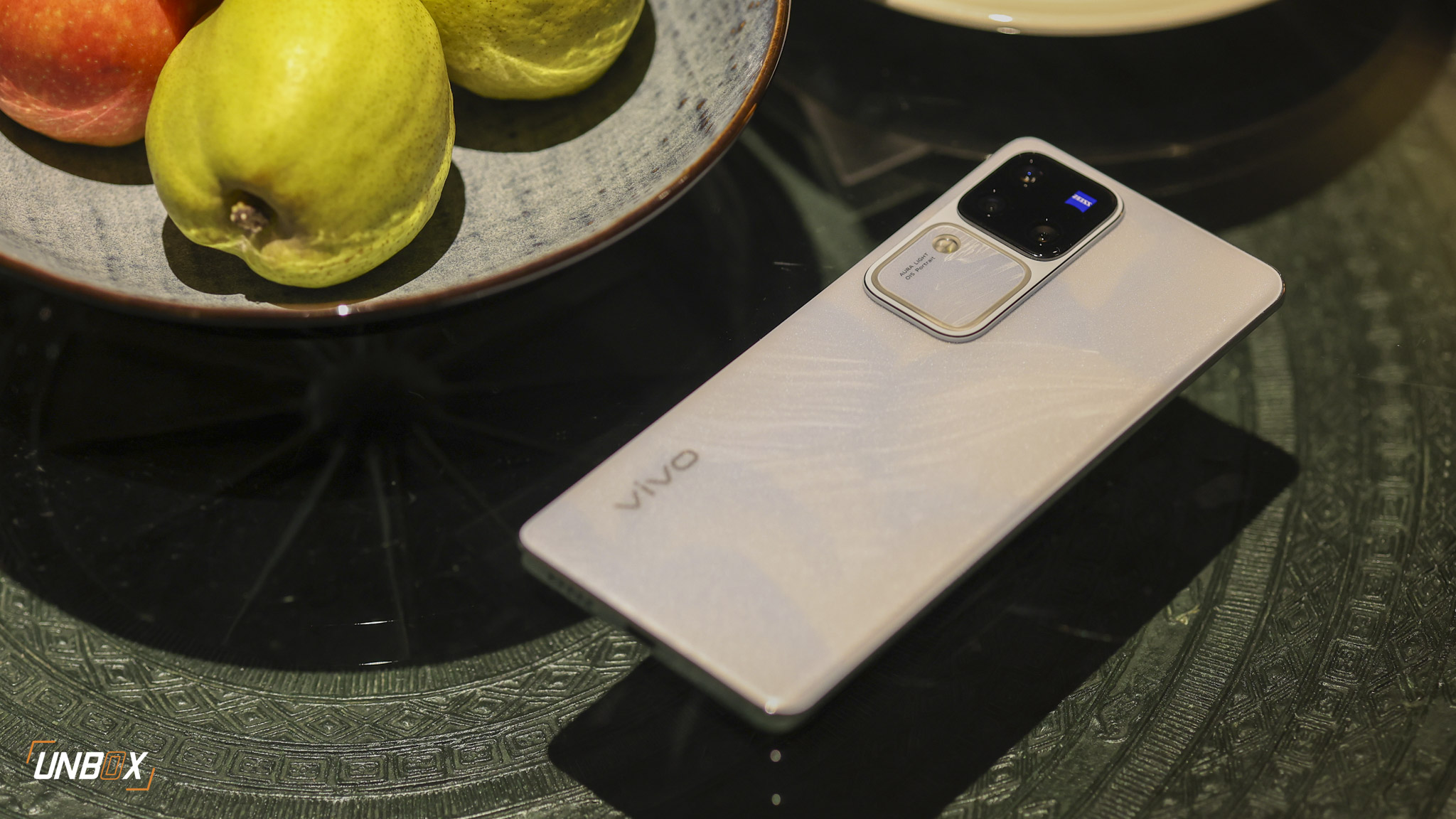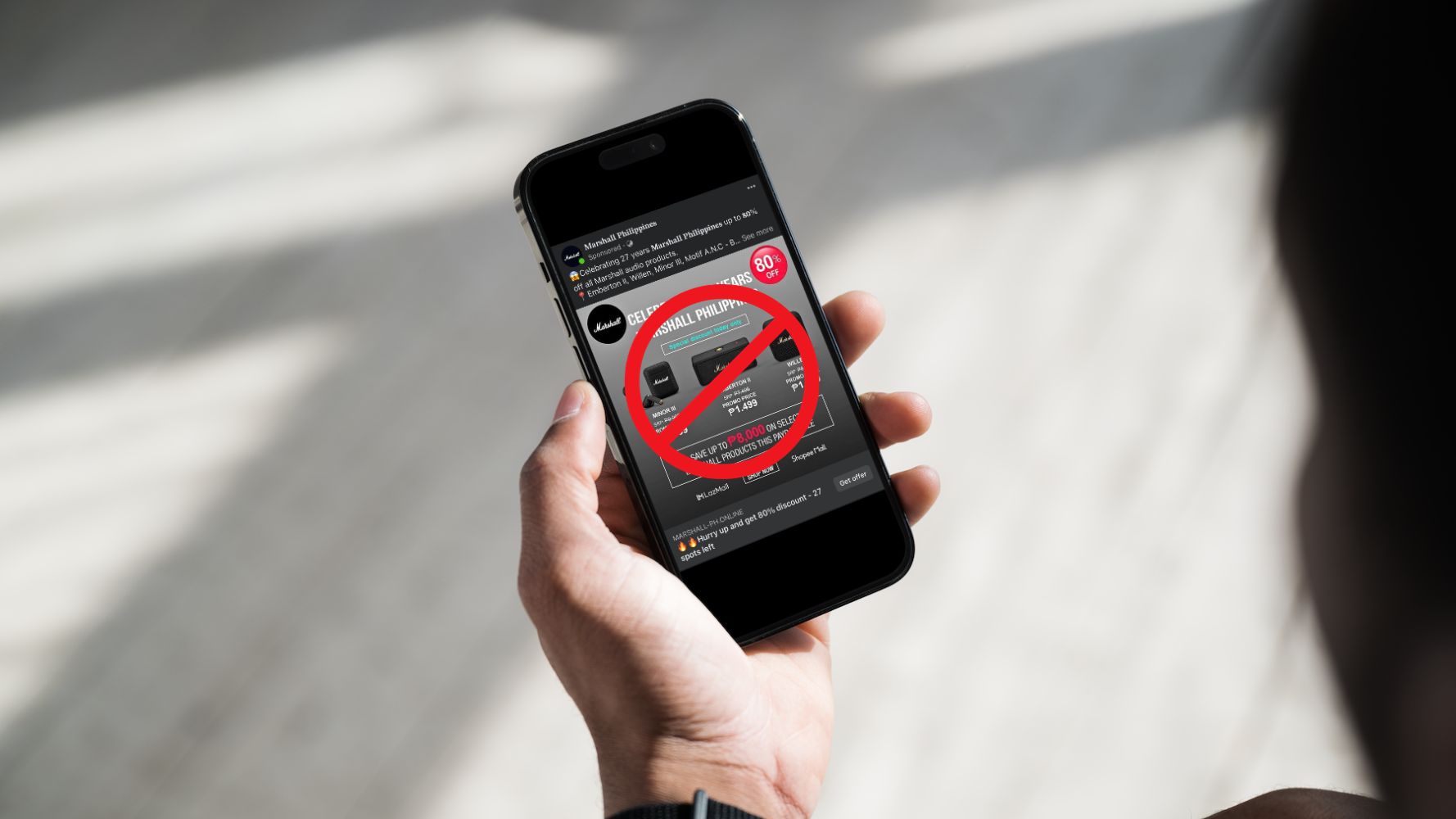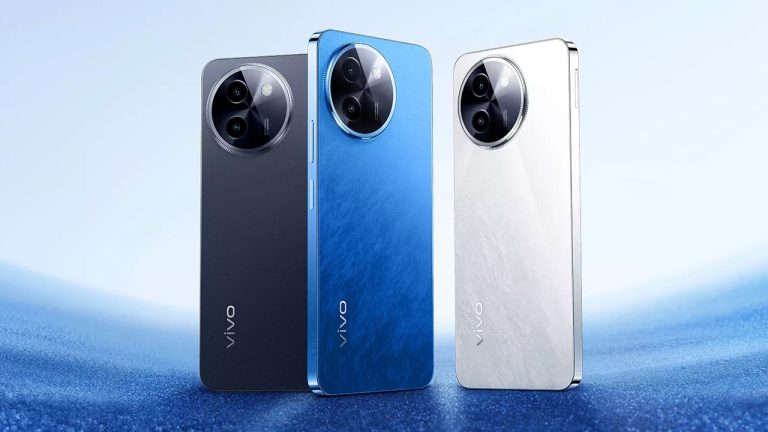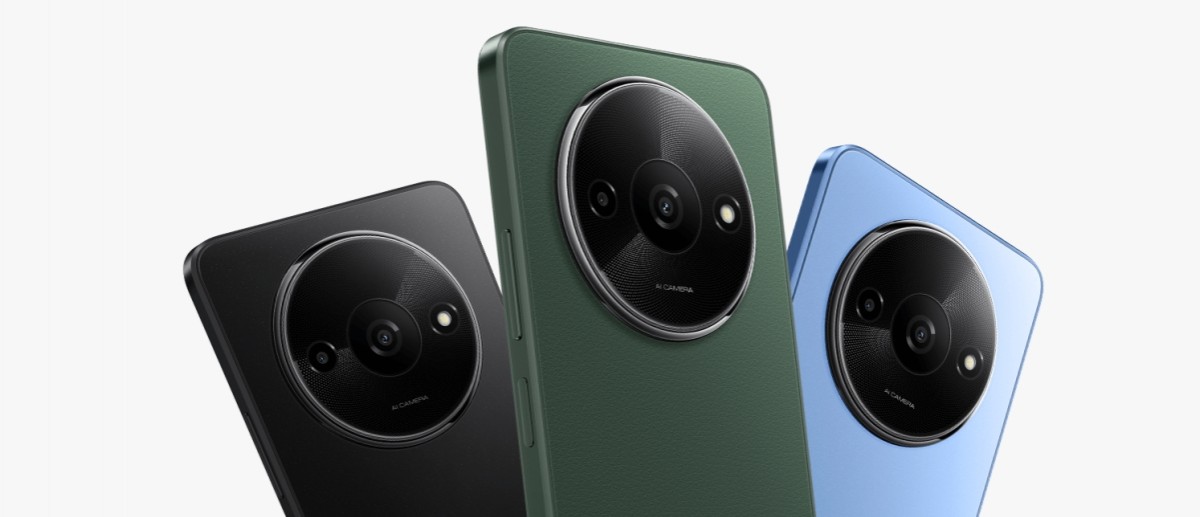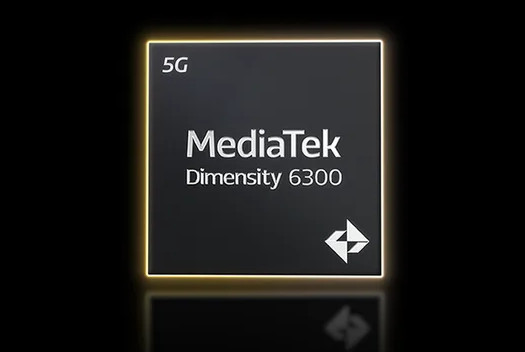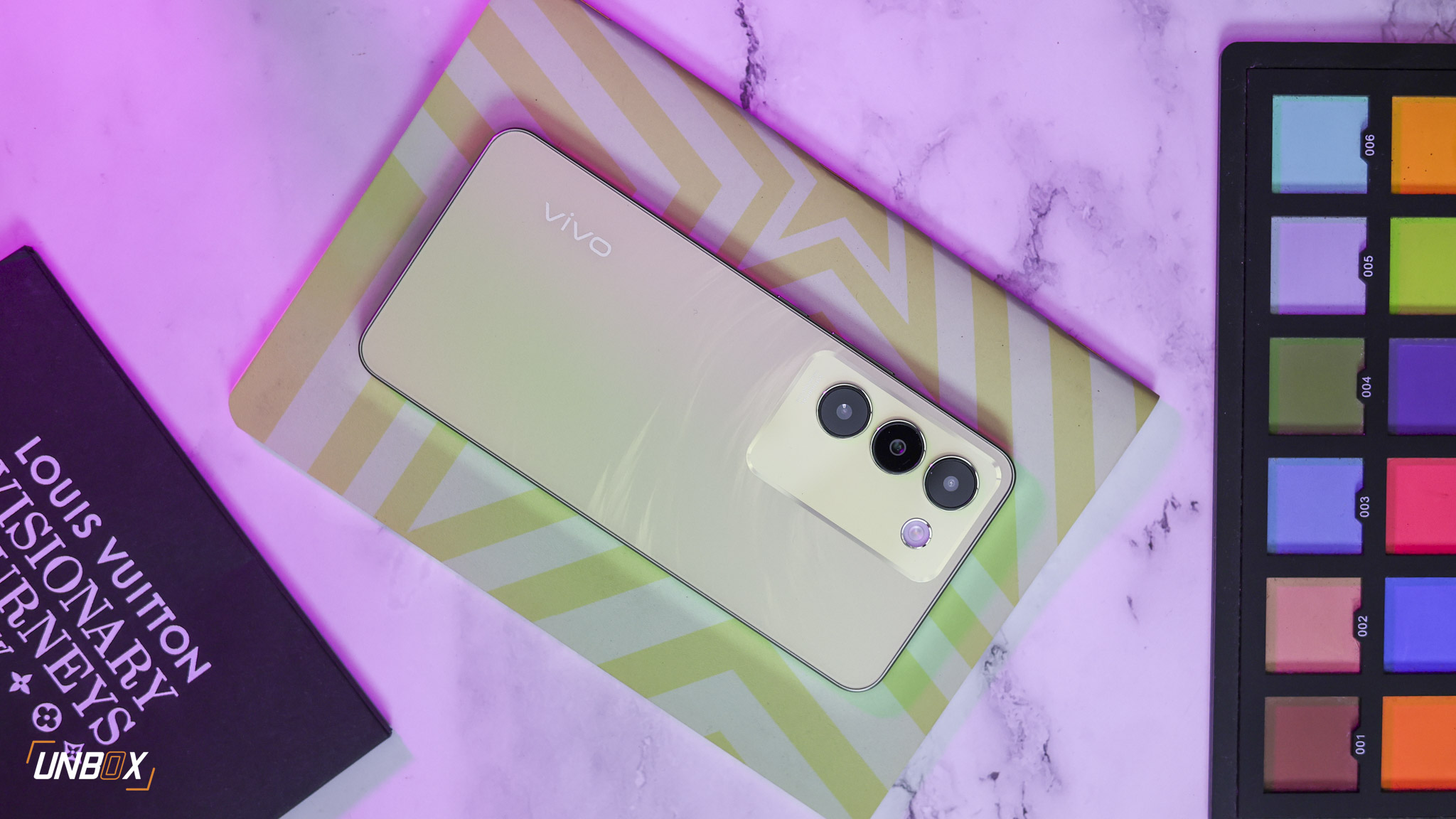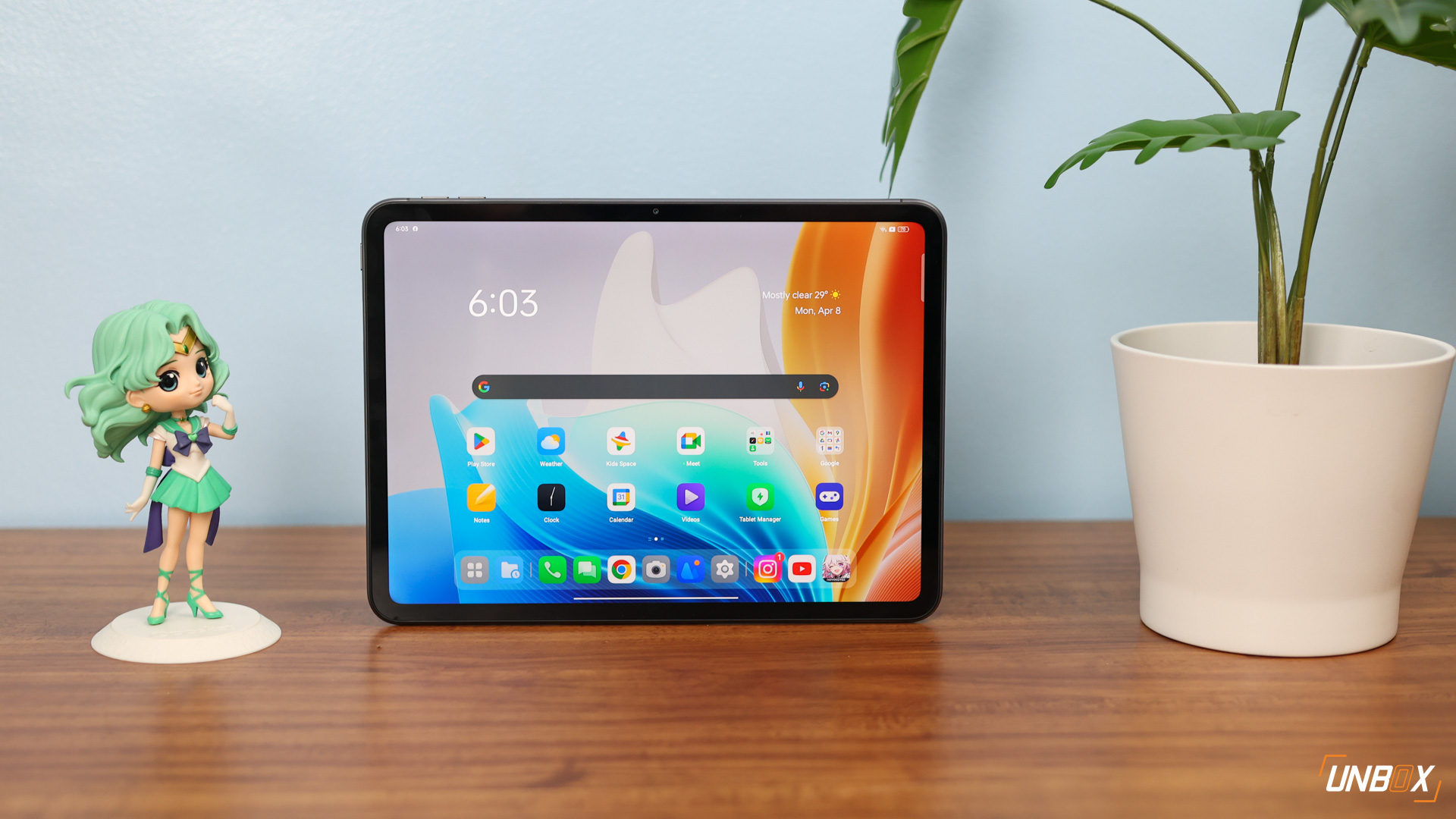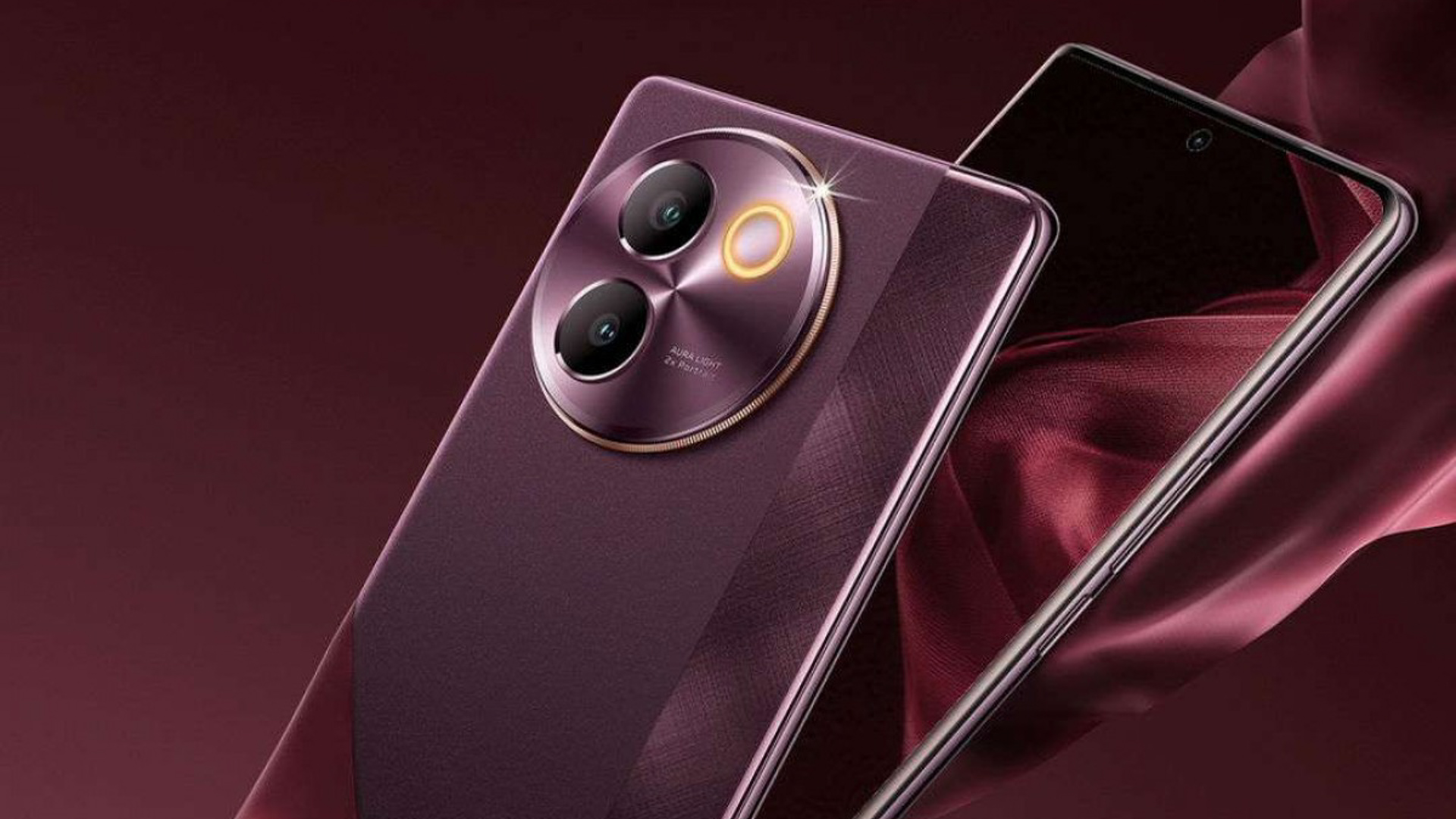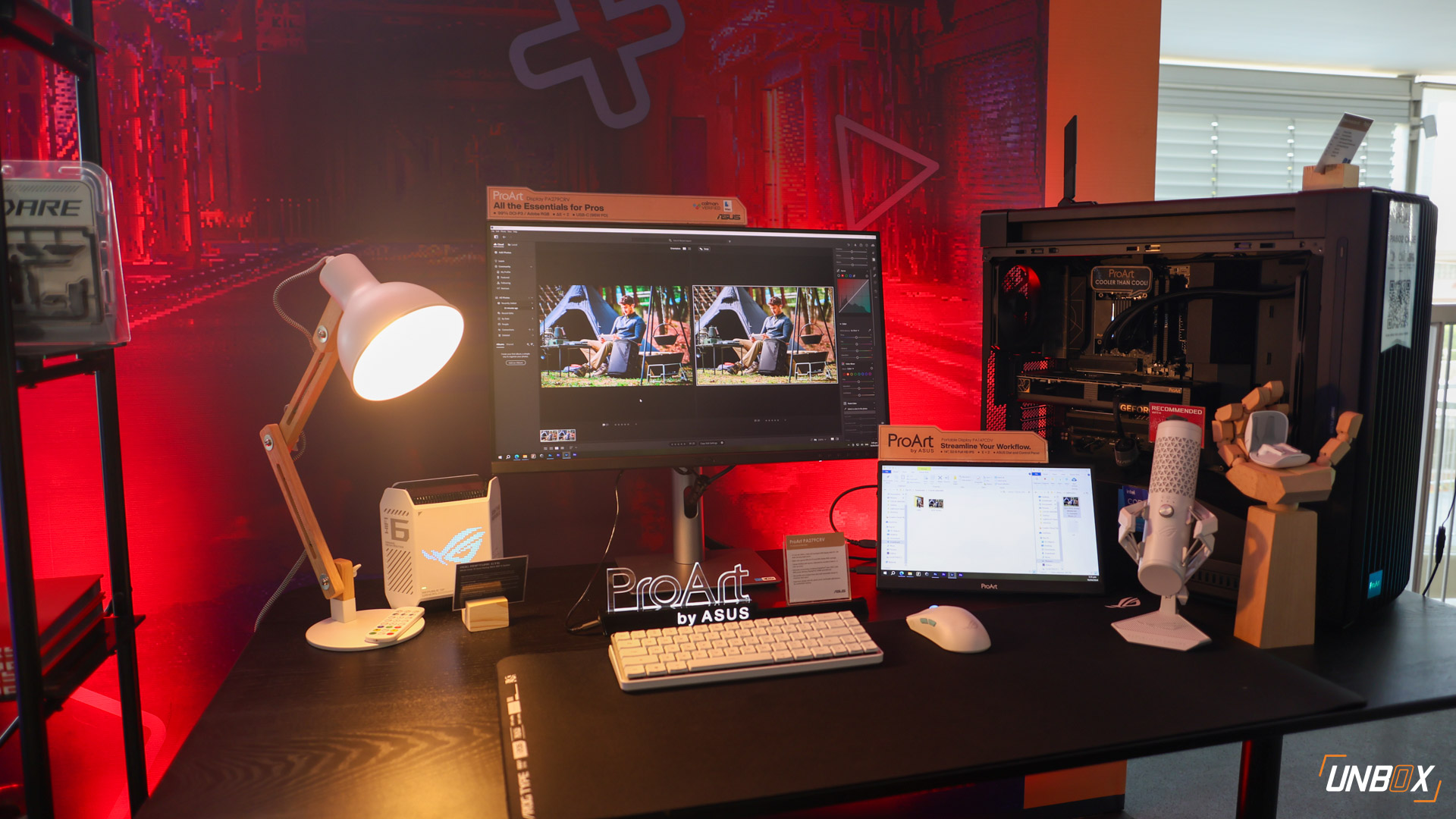Have you heard of the product called Stikbox? If you’re into selfies or groufies, then you probably thought that it was brilliant. Stikbox is a phone case that turns into a selfie stick. It’s convenient and exactly what every selfie addict needs. No wonder it made quite a buzz online and got shared a couple of hundred times. It’s also no surprise that it caught the attention of copycats in China.
Stikbox was the idea of Yekutiel Sherman, an Israeli entrepreneur, who spent a year designing the product. He drew prototypes, shot a professional promo video and launched a crowdfunding campaign. To his surprise, he saw identical smartphone cases that turn into selfie sticks for sale in AliExpress (Alibaba’s English language website) just a week after his product was made available at Kickstarter in December 2015. As expected, they were priced significantly lower ($13 each or about Php 624) than his target SRP which is $47.41 (about P2,275). Some of them even used the exact name of Sherman’s product – Stikbox.

Years ago, this would have been a big deal. These days, however, such things are already expected. If you have a brilliant idea, the lightning-fast copycats of China will surely come up with a similar (if not an exact) product. If you’re lucky, they will release the copied products a couple of weeks after your launch. If you do not move quickly enough, they may even beat you to the punch.
How does China copy all those products?
We’ve all seen fake products made in China. All it takes is one trip to Greenhills to find a counterfeit Gucci or Louis Vuitton bag. Back in the day, they only copied big brands but thanks to the free flow of information online, now they can make imitations of products from small businesses as well.
Many criticized Jack Ma, the founder of Alibaba when he said that “fake goods are of better quality and of better price than the real names” and some come from “exactly the same factories” as the branded products. As much as we don’t want to admit it, there is some truth to his statement.
One of the reasons why China is capable of making “quality” imitation products is because many companies outsource their manufacturing to Shenzhen. While the factories produce piecemeal parts, many of them communicate using online message boards so they can “volt in” their knowledge and manufacture a product that is extremely close, if not identical to the original one.
What can companies do to protect their products and ideas?
The most basic thing to do is to take legal precautions. Entrepreneurs should have signed NNN agreements with Chinese partners before revealing sensitive information. This should prevent partners from using the intellectual property, sharing it with others and selling similar products on their own. Then again, this is no assurance that copycatting won’t happen. “If you have a simple product that has some market demand, you will get copied,” said Benjamin Joffe, a venture capital investor in China. He suggests finding something that is “defensible” in the product.
The iPhone, for instance, has a proprietary iOS that’s not available in other cellphones. GoPro invested in strong marketing and branding that can somehow insulate them from knockoffs. While there are fake iPhones and Go Pros out there, many consumers will still be willing to pay more for the real deal.
“Imitation is the sincerest form of flattery”
That’s what Sherman is reminding himself as potential customers are thinking about buying a fake Stikbox instead. He estimates that he has already lost significant potential revenue because of copycats. Apparently, imitation is not just a sincere form of flattery but an expensive one too.





